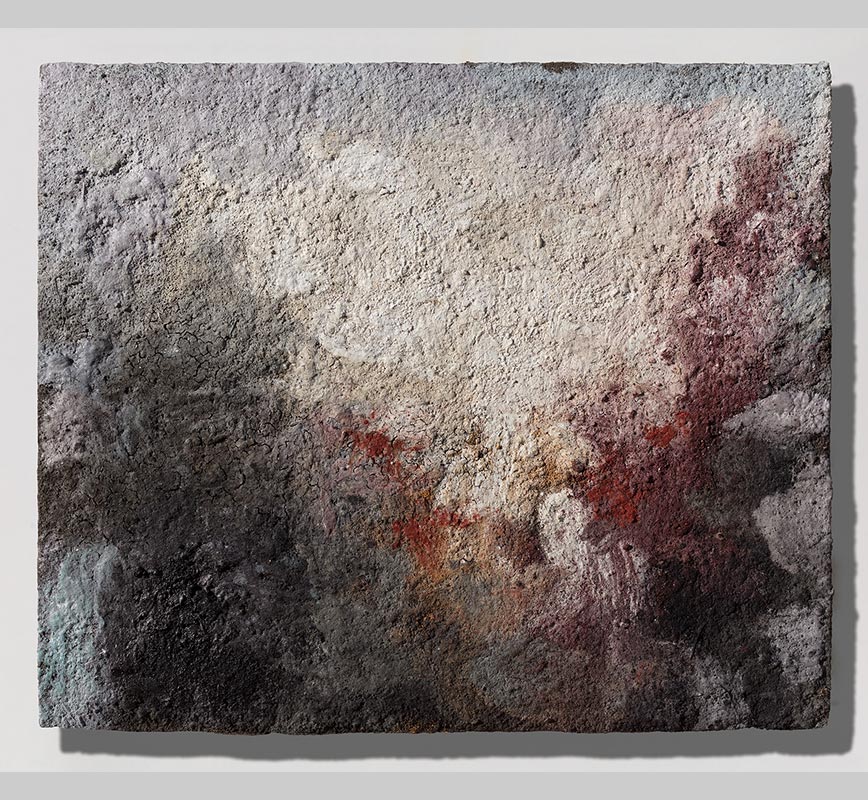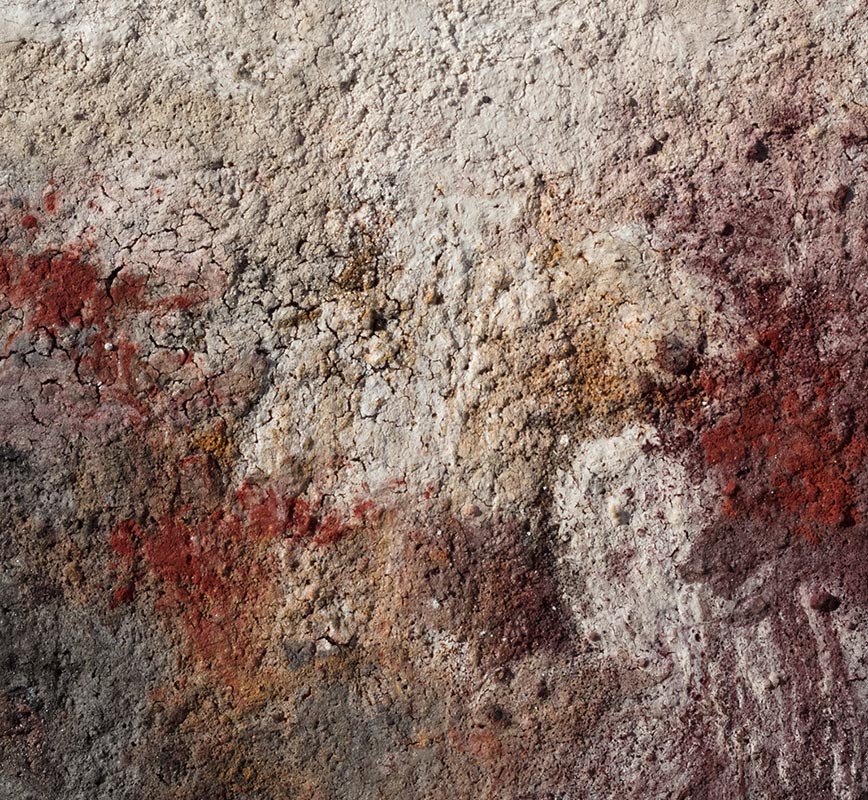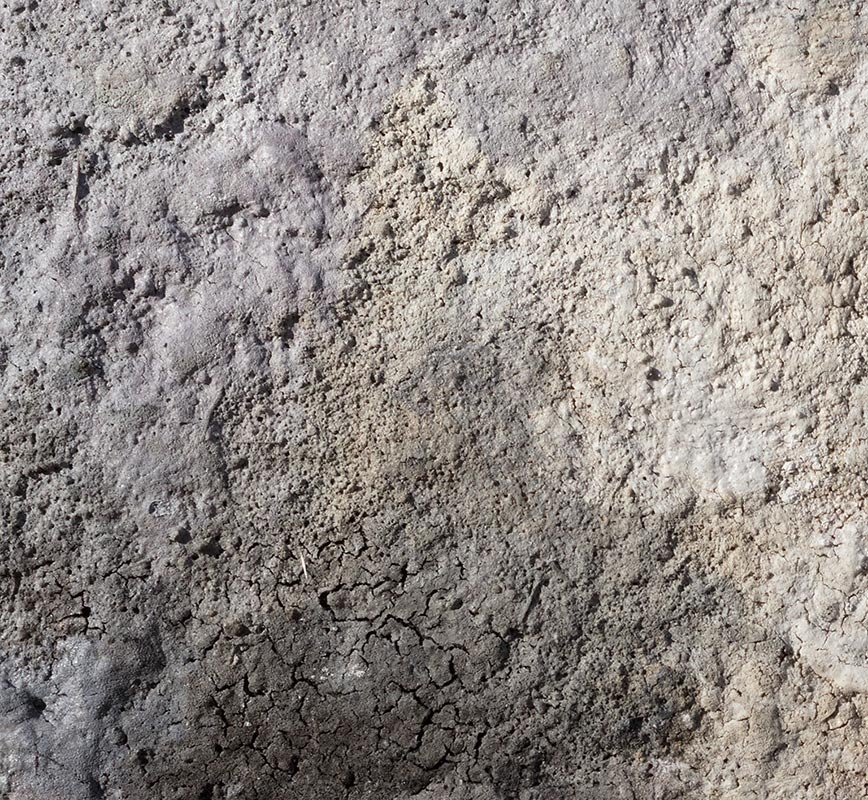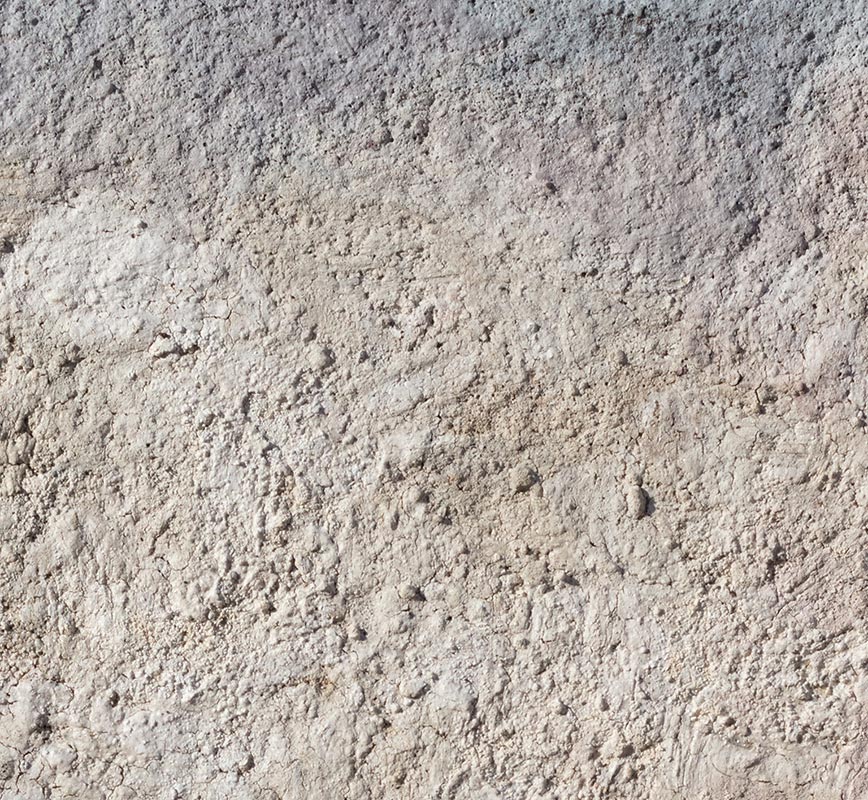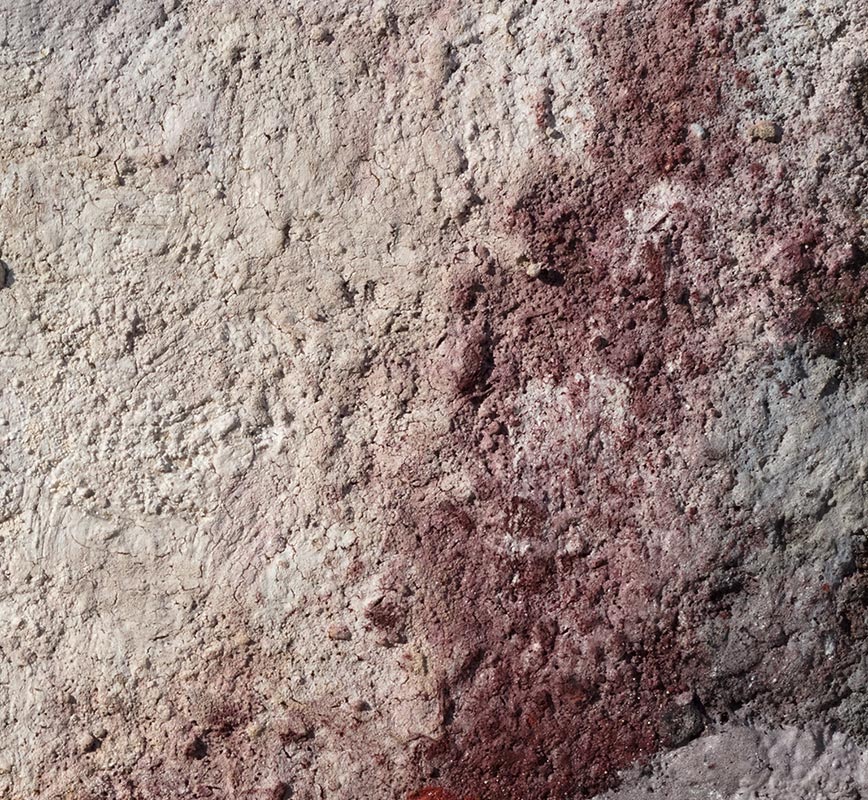EXHIBITION
AN ALCHEMY OF MATTER
Orazio De Gennaro:
Rituale, 2021
Linseed oil, pigments, beeswax, and glass powder on Canvas
30 x 30 in
76 x 76 cm
US $ 5,000
In Rituale, Orazio De Gennaro crafts an evocative interplay of soft, earthen hues—warm browns, deep reds, and subtle greens—layered with delicate touches of lavender and aquamarine. This composition exudes a meditative rhythm, as if capturing a ceremonial dance of light and shadow over a textured landscape. There are echoes of the tranquil abstraction found in the works of Joan Mitchell, yet De Gennaro’s earthy materials lend a palpable weight, grounding the piece in a sense of ancestral reverence. ...more
Go to Artwork: NEXT PREV ALL
